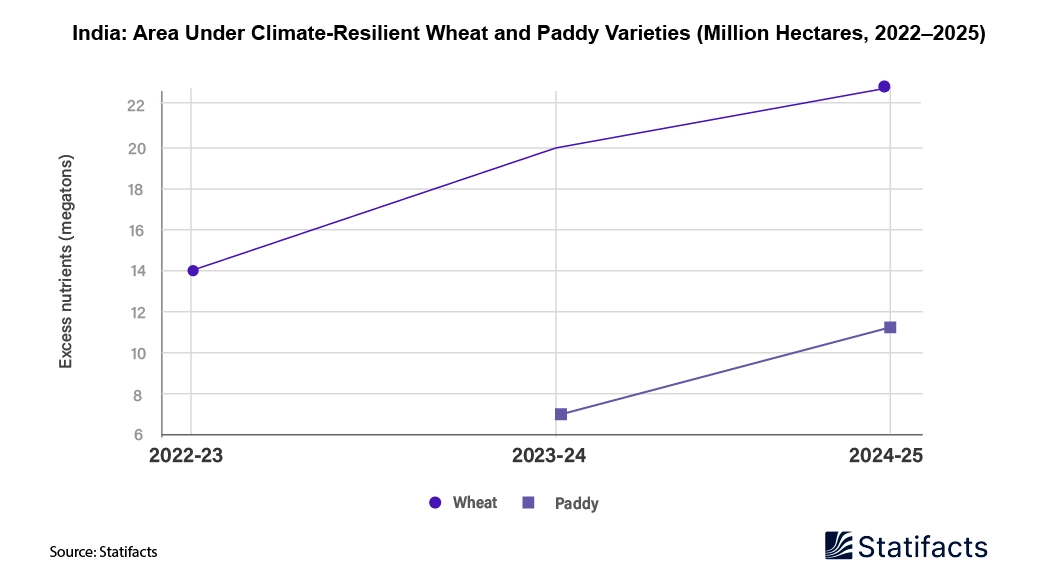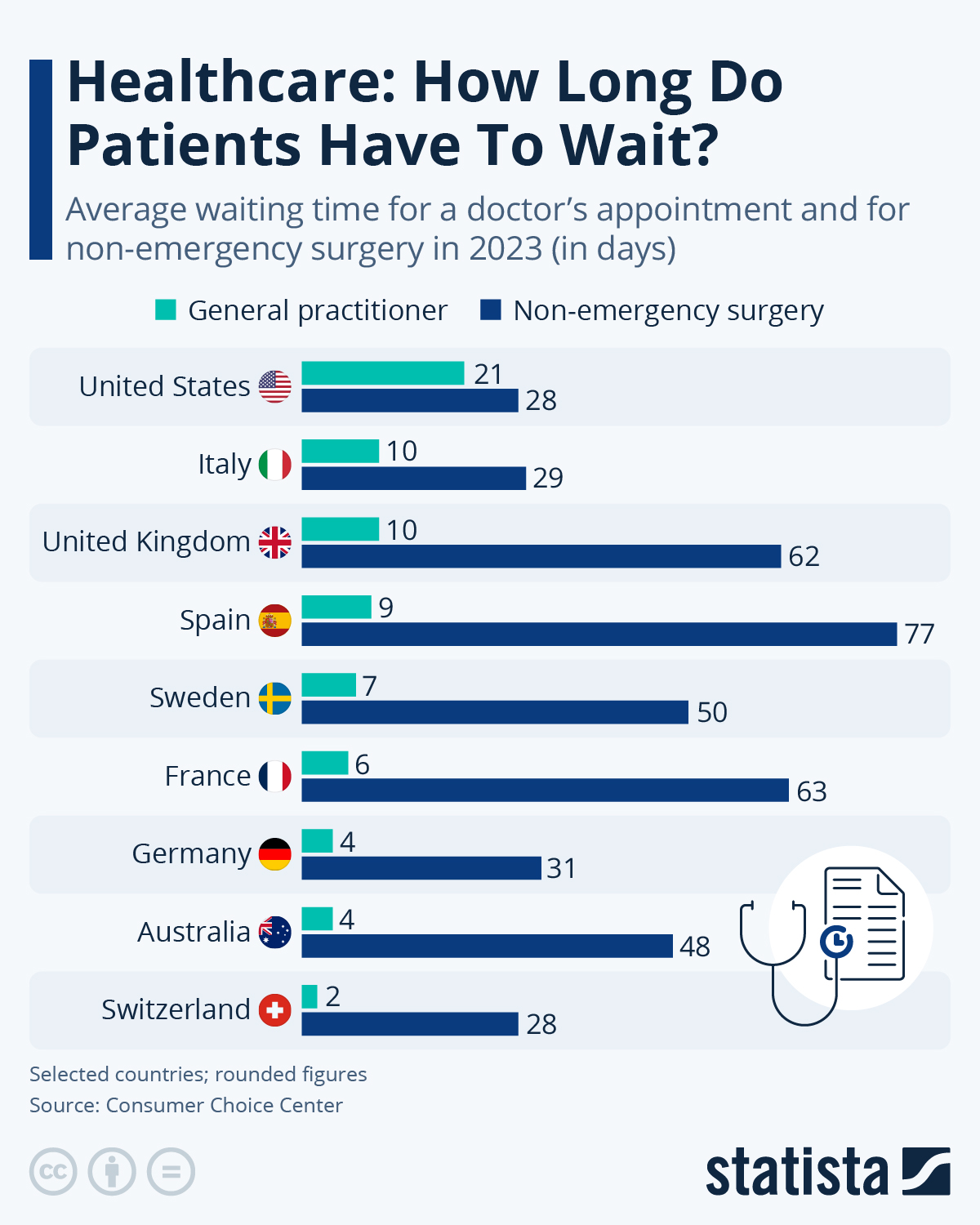
07 May 2025
India is ramping up the plantation of climate-resilient crop varieties to address the difficulties created by erratic patterns of weather, floods, droughts, and temperature. Significant government measures and targets have been established for wheat and paddy crops, which are projected to considerably expand the area covered under climate-resilient seeds as projected by 2025. Below, we briefly highlight the trends and figures underlying this transition.


There are many variations of passages of Lorem Ipsum available, but the majority have suffered alteration in some form
URL TO BE USED AS REFERENCE LINK:
Placeholder content for this accordion, which is intended to demonstrate the .accordion-flush class. This is the first item's
accordion body.
Placeholder content for this accordion, which is intended to demonstrate the .accordion-flush class. This is the second item's
accordion body. Let's imagine this being filled with some actual content.
Placeholder content for this accordion, which is intended to demonstrate the .accordion-flush class. This is the third
item's accordion body. Nothing more exciting happening here in terms of content, but just filling up the space to make it look, at least at
first glance, a bit more representative of how this would look in a real-world application.
Do you still any question?
Feel free to contact us anytime using our contact form or visit our FAQ page.
Your contact to the Infographics Newsroom
